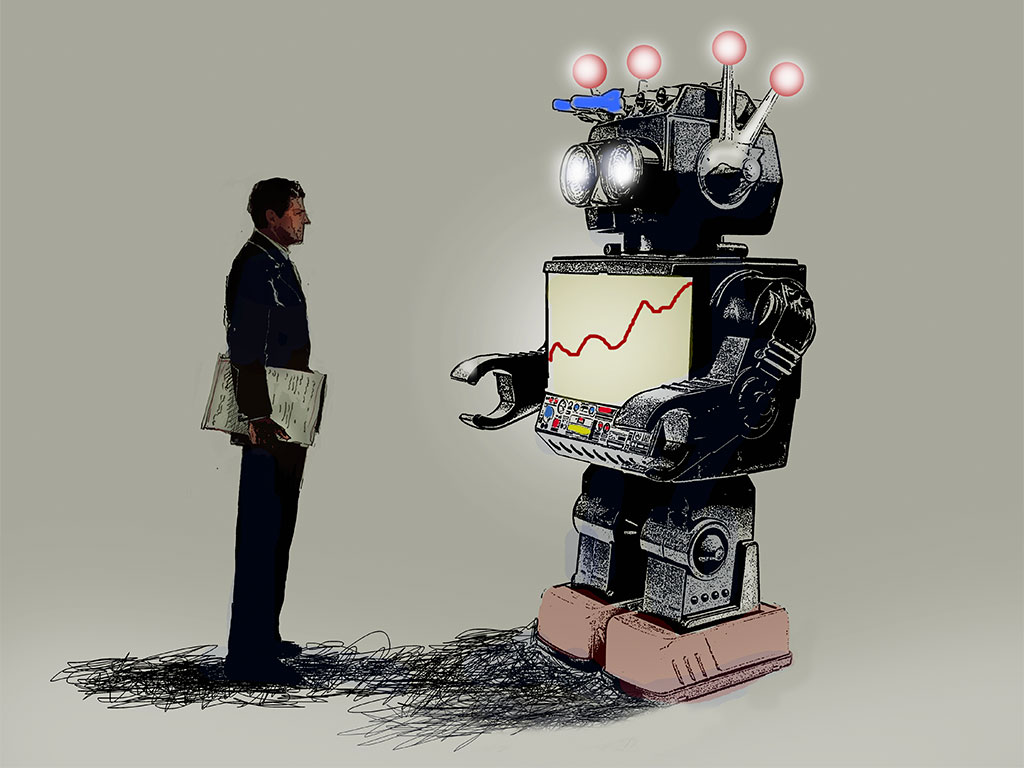
One of the most important things managers and recruiters do is hiring the right people for the company. This is one of the reasons why some companies do better than others. However, this is easier said than done. Some companies like Google receive 50000 applications per week, which results in a time-consuming process of picking the applicants that qualify for the job. Most of these companies use artificial intelligence to automate this process. In this article, I will discuss what is being automated, the pros and cons of the automation of recruitment processes, and what we may find in the future.
Like I mentioned in the introduction, the first step of recruitment is more and more often automized by the larger companies. In 2020 alone, recruitment automation had a growth of 547% because of the efficiency of the technology. Artificial intelligence is for example able to filter out all resumes or motivational letters that contain grammatical errors. Apart from that, the algorithm can look for skills that are relevant for the job. As a result, the recruitment process time and cost are reduced by up to 40% and the performance of that company is increased by 20%. This sounds quite appealing, but it is not a solution for every company as it involves high implementing costs. Therefore, for now, you only see this at bigger companies. Another downside is that a filter on grammatical errors will also filter out applicants that do qualify for the job but have some inconsistencies in their CV or motivational letter.
But it does not stop here. Some companies include an AI-powered chatbot in their application process. This robot can collect information such as contact details or a resume, but also ask job-related questions and schedule meetings. 66% of candidates claim that they feel comfortable talking to a chatbot, but another study found out that 82% feel frustrated by overly automated technologies by companies. The recruitment process has become very impersonal in these cases and lacks accuracy.
In the future, it may even be possible to have the whole recruitment process automated by using robots to handle job interviews. This robot could analyze words, speech patterns, and facial expressions of candidates to create an adequate assessment. However, considered the limitations of this technology at the moment, we are far away from a 100% automated hiring process as the technology does not have the emotional intelligence humans have. This is crucial to find the right fit between an applicant and the values of the company.
Personally, I think there will never be a fully automated recruitment process that will be as effective as a personal recruitment process. An interview goes both ways and if you do not get to speak to a real employee, I believe this will increase the occurrence of new employees leaving the company shortly after being hired. And this is something companies do not want to go for.
Have you already been part of an automized recruitment process? And what did you think of that process? Let me know in the comments.
https://valoria.ro/blog/pros-cons-recruitment-process-automation/
https://wperp.com/40125/the-pros-cons-of-recruitment-automation/
https://www.helpnetsecurity.com/2021/09/13/enterprise-automation-adoption/

Hi Jesper, This is a very interesting topic you wrote about. I haven’t experienced an automatized recruitment process, but I did work in HR for some time and I know how time consuming recruiting can be. Moreover, I do agree with the fact that people can make grammer mistakes in their resumé and still make a good match. Therefore, I agree on the fact that companies will miss out on good applicants by eliminating all applicants that make mistakes in their resume or letters. One point that may be interesting for you to read in to is the issues that occur with algorithms selecting applicants. For example, Amazon used a project to automate their hiring process. An algorithm was build that reviewed resumes to determine qualified applicants for the job. Unfortunately, the algorithm was build in such way that it systematically discriminated against women applying for technical jobs. The tools used for hiring are not necessarily eliminating human bias as they are designed to look for candidates who are in some way like a group of people (e.g. former or current employees).